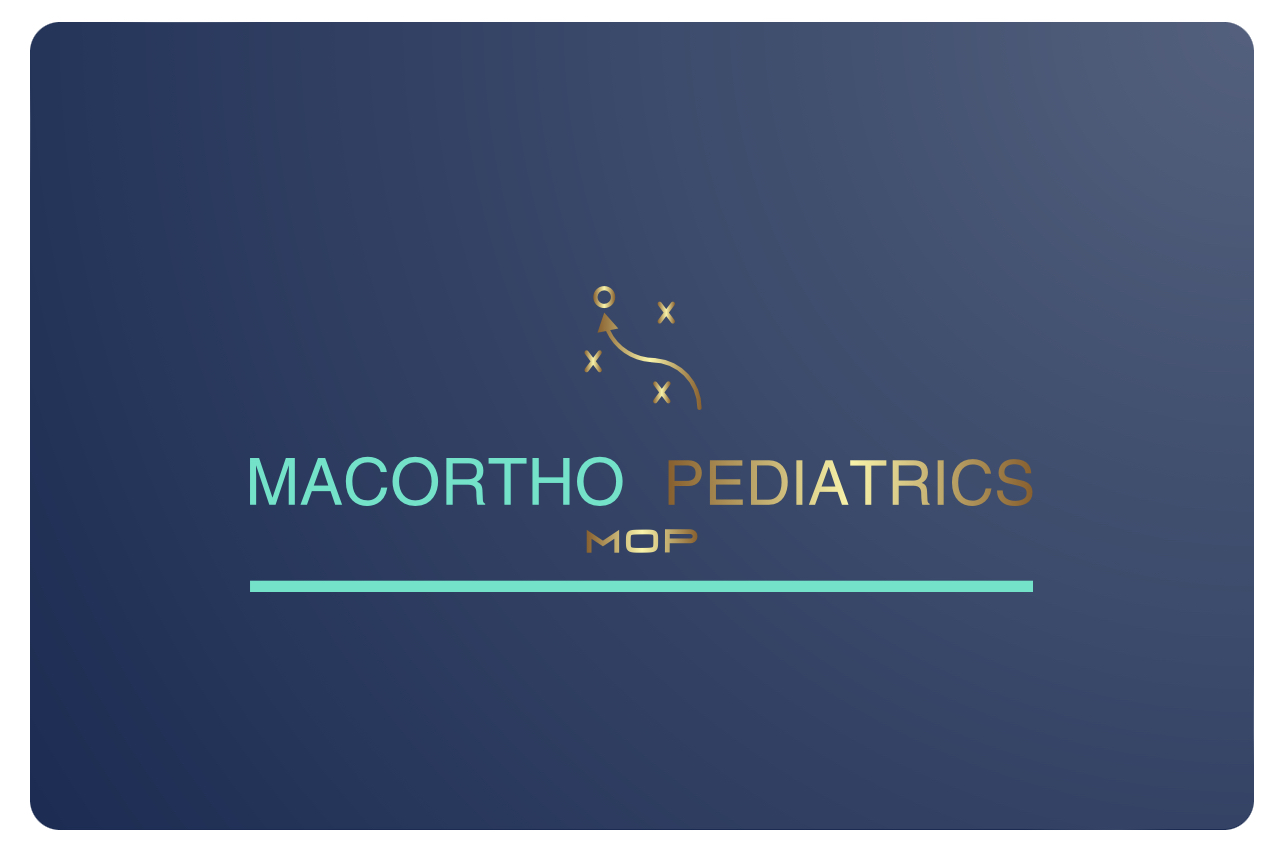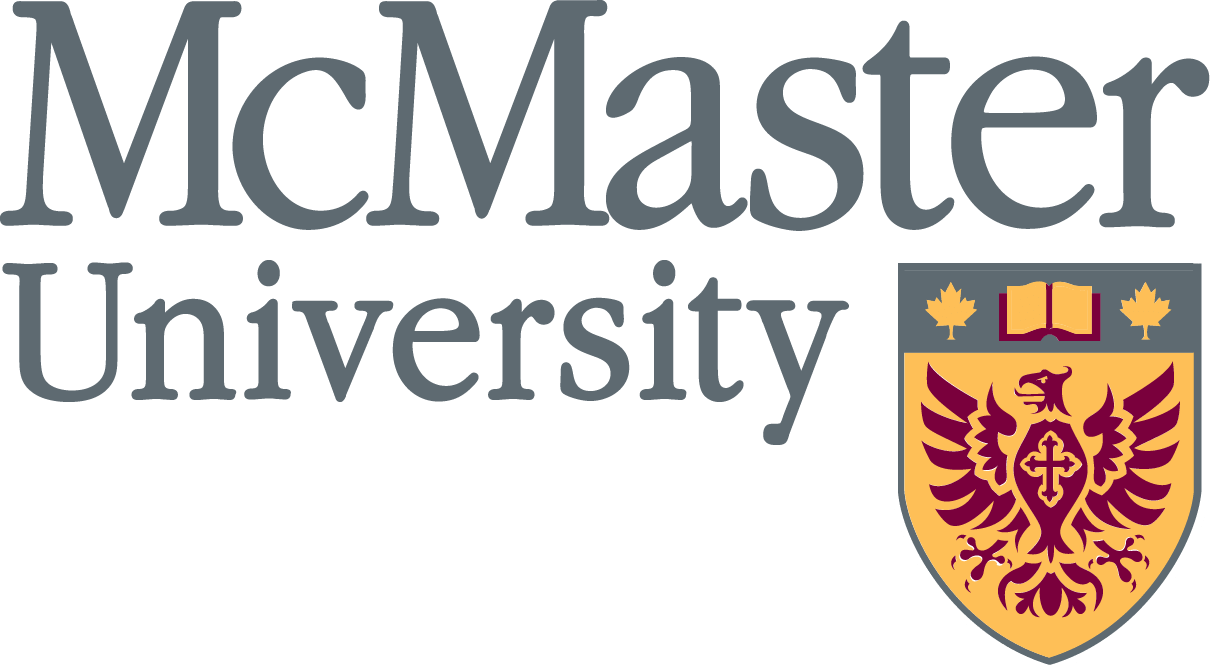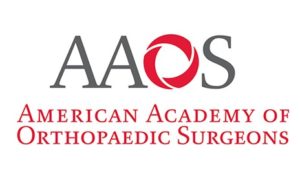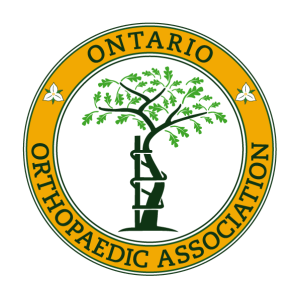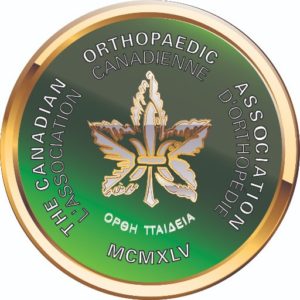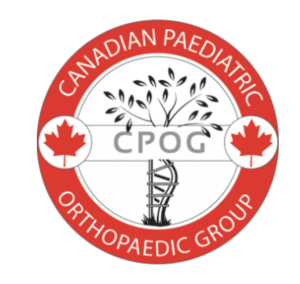Comparison of Magnetically Controlled Growing Rods with Other Distraction-Based Surgical Technologies for Early-Onset ScoliosisA Systematic Review and Meta-Analysis
Bednar, E. Dimitra MSc; Bergin, Brad BScH; Kishta, Waleed MBBCh, PhD, FRCSC, FACS
 The Journal of Bone & Joint Surgery
The Journal of Bone & Joint SurgeryAbstract
Background:
Severe and progressive early-onset scoliosis (EOS) has a serious prognosis including cardiopulmonary compromise. Growth-friendly technologies are the current surgical standard of care. Magnetically controlled growing rods (MCGRs) are newer implants with the potential for better quality of life and cost savings; however, they have not been well compared with the traditional distraction-based implants. The objective of this study was to compare the surgical outcomes, complications, metal ion levels, quality-of-life outcomes, and cost of MCGRs with other distraction-based surgical technologies for the treatment of EOS.
Methods:
The MEDLINE, Embase, and Web of Science databases were searched. Record screening and data abstraction were completed in duplicate. Summary outcomes were calculated in a meta-analysis, if heterogeneity was appropriate, using a fixed-effects model.
Results:
This systematic review and meta-analysis included 18 studies. MCGRs were as clinically effective as other distraction-based technologies, with no significant difference in the Cobb angle at the latest follow-up (mean difference [MD], 1.20°; 95% confidence interval [CI], −1.80° to 4.20°; p = 0.43) and a significantly lower complication rate (odds ratio, 0.42; 95% CI, 0.25 to 0.71; p = 0.001). Quality of life measured using the EOSQ-24 (24-Item Early-Onset Scoliosis Questionnaire) was better in the MCGR group compared with other technologies (MD, 2.18; 95% CI, 0.40 to 3.95; p = 0.02). Serum titanium levels were 2.98 ng/mL (95% CI, 1.41 to 4.55 ng/mL; p = 0.0002) greater in patients with MCGRs, but the clinical impact is unclear. MCGRs had greater cost for the device and insertion but became cost-neutral or cost-effective compared with other technologies by 4 years postoperatively.
Conclusions:
MCGRs are clinically equivalent and cost-effective in the long term compared with other distraction-based technologies for the treatment of EOS.
Level of Evidence:
Therapeutic Level III. See Instructions for Authors for a complete description of levels of evidence.
